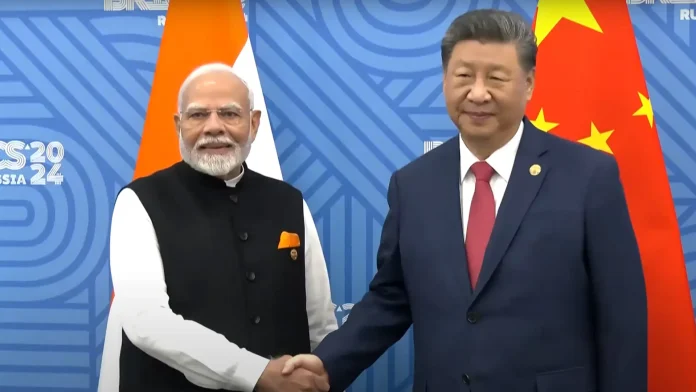In a significant diplomatic breakthrough, Indian Prime Minister Narendra Modi and Chinese President Xi Jinping met in Russia’s Kazan on the sidelines of the BRICS Summit today. This is their first formal bilateral meeting since the military stand-off between India and China erupted in 2020 along the Line of Actual Control (LAC), following the deadly Galwan Valley clash.
The tension between the two nations had severely impacted their relationship, and it took four years of sustained diplomatic and military-level negotiations to reinstate the status quo that existed before the stand-off.
As we analyze this historic meeting and what it signifies for future India-China relations, it’s essential to understand the events that led to the stand-off in 2020 and the friction points along the LAC. Using maps and satellite images, we can get a clearer picture of how the situation developed and was eventually resolved.
Understanding the Map
The Line of Actual Control (LAC) demarcates the disputed border between India and China. The Aksai Chin region of Ladakh, marked between the LAC in red and the original border in black, has been under Chinese control since the Sino-India War of 1962. The Galwan Valley, where the 2020 military clash occurred, was just one of several friction points, including Depsang, Gogra Hot Springs, Pangong Tso, and Demchok.
Tensions over the LAC have been simmering since China’s occupation of Tibet in 1959, with Beijing making claims over areas in Ladakh, which India considers “integral and inalienable.” The 1962 war only exacerbated these claims. Although China eventually withdrew from some areas, it has maintained control over Aksai Chin.
The areas along the LAC represent critical points where Indian patrols were blocked by Chinese troops in 2020, leading to the military stand-off. Both countries mobilized tens of thousands of troops, tanks, artillery, fighter jets, and drones, sparking one of the most severe confrontations in recent history.
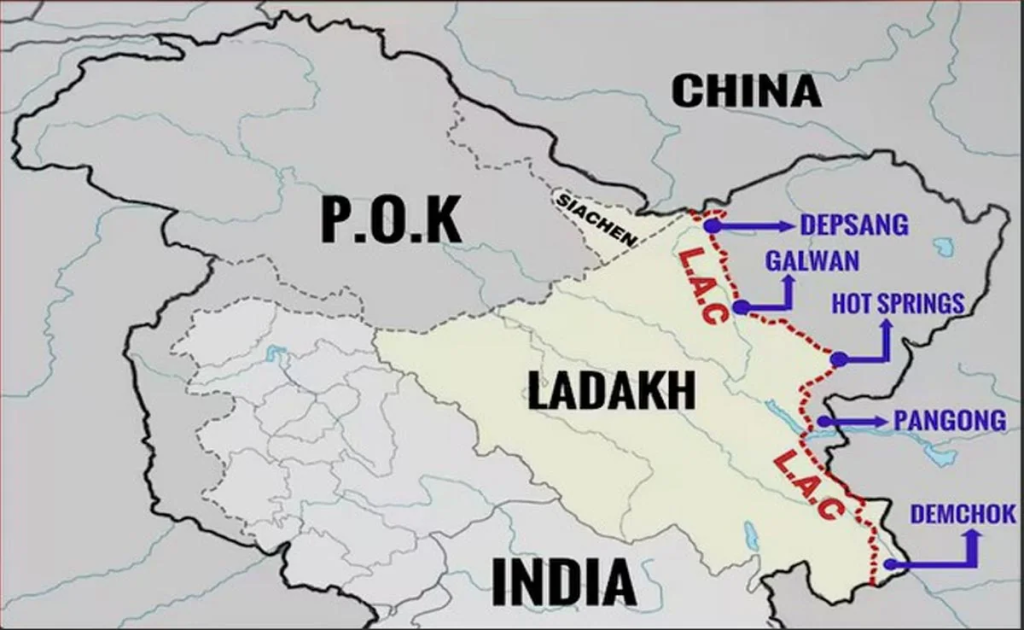
Buffer Zones and Disengagement
Following the initial clash in 2020, disengagement talks were held, creating buffer zones in regions such as Galwan, Gogra Hot Springs, and Pangong. Buffer zones are areas where neither side is allowed to deploy troops or conduct patrols, easing tensions in these disputed areas.
Diplomatic and military negotiations, though slow, led to the dismantling of structures built by both sides during the stand-off. These efforts culminated in the formal disengagement that both nations have now welcomed.
Satellite Images: A Closer Look at the Conflict
Satellite imagery provides crucial insights into how the situation developed and eventually de-escalated:

- Pangong Lake (June 2020): Chinese soldiers moved into disputed areas along the northern bank of the lake, even marking their presence with Chinese flags. The lake, which straddles both Indian and Chinese-controlled territory, became a flashpoint due to discrepancies in LAC perceptions.
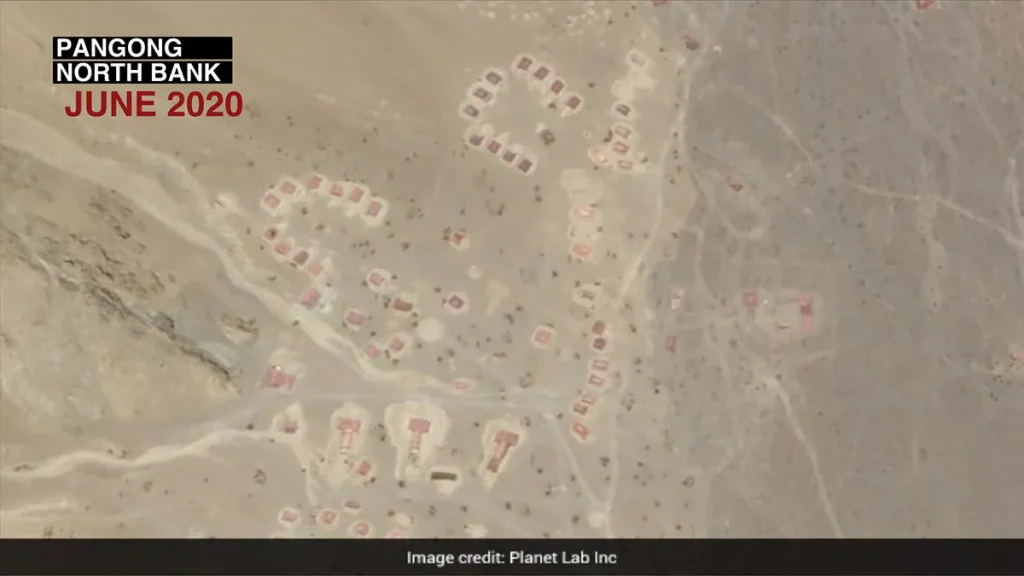
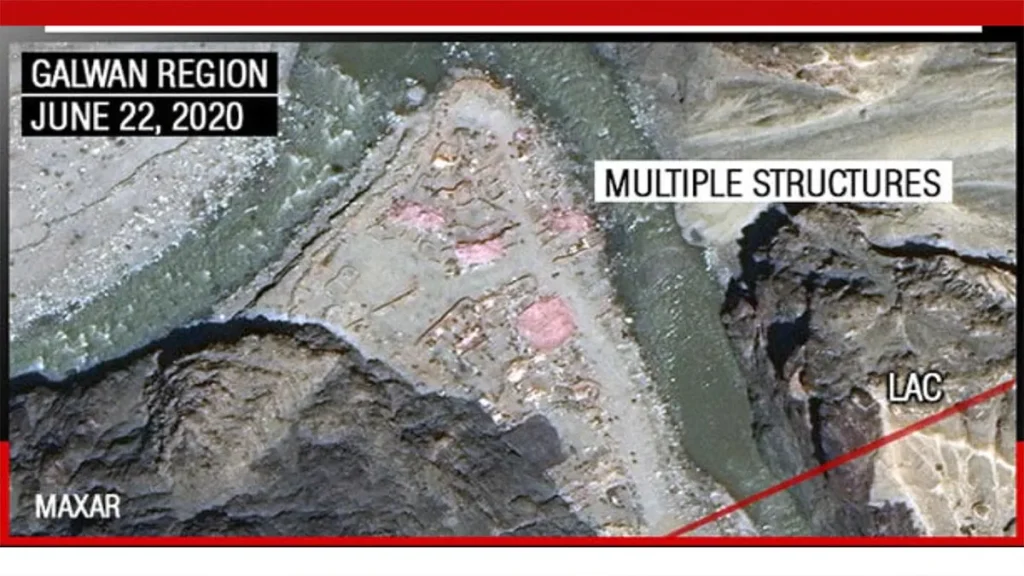
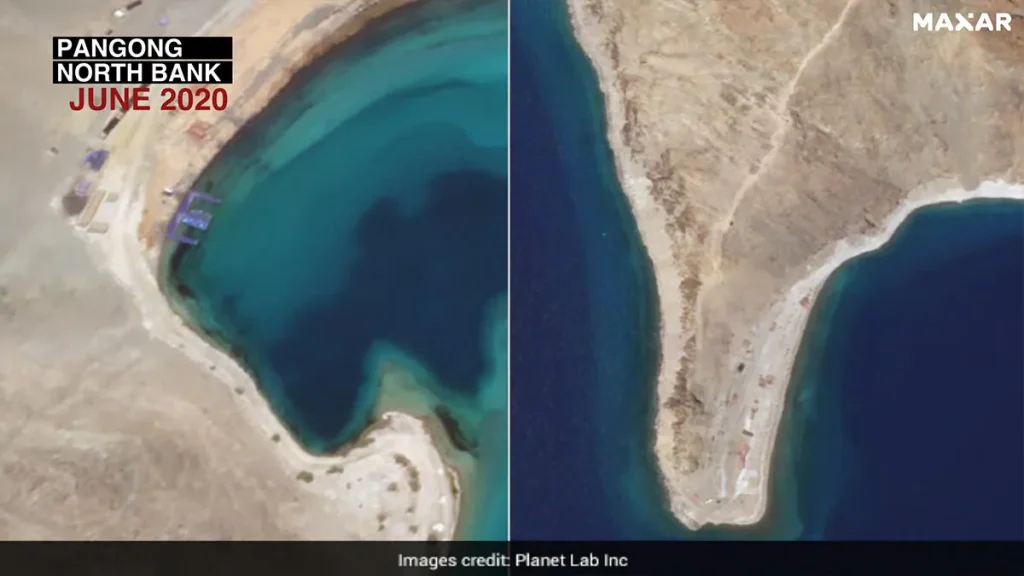
- Galwan Valley: The site of the deadly clash where soldiers on both sides lost their lives. Satellite images showed the build-up of Chinese structures along the river banks, which were later dismantled as part of the disengagement process.
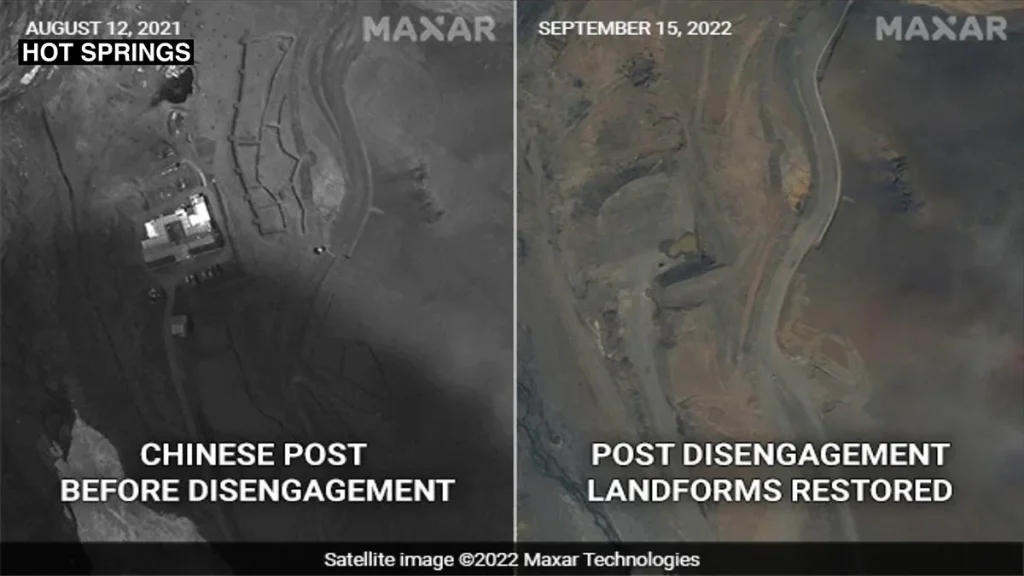
- Gogra Hot Springs: Another significant friction point, with images showing the Chinese military presence in 2021 and the subsequent vacating of the area in 2022 as part of the disengagement agreement.
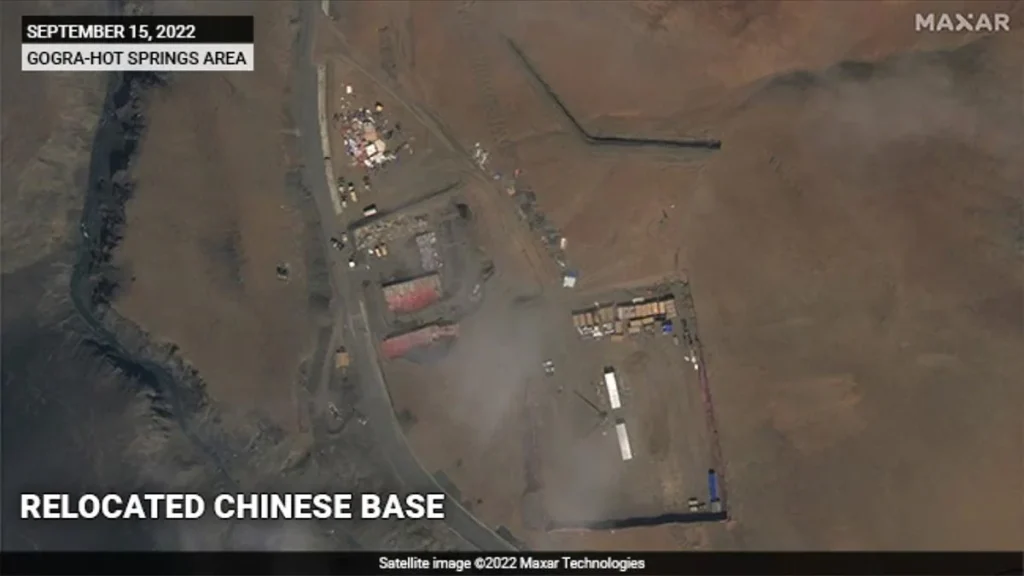
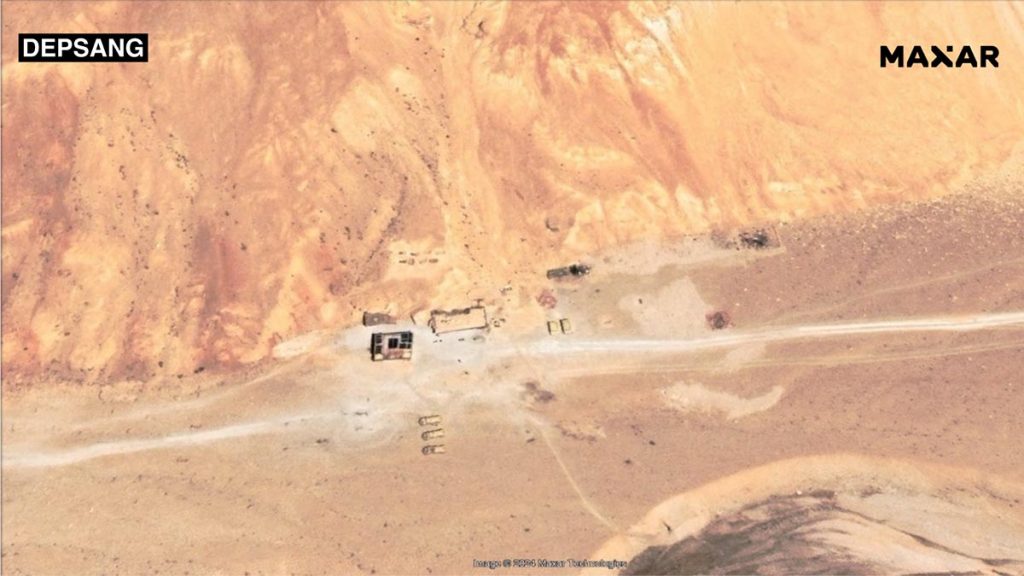
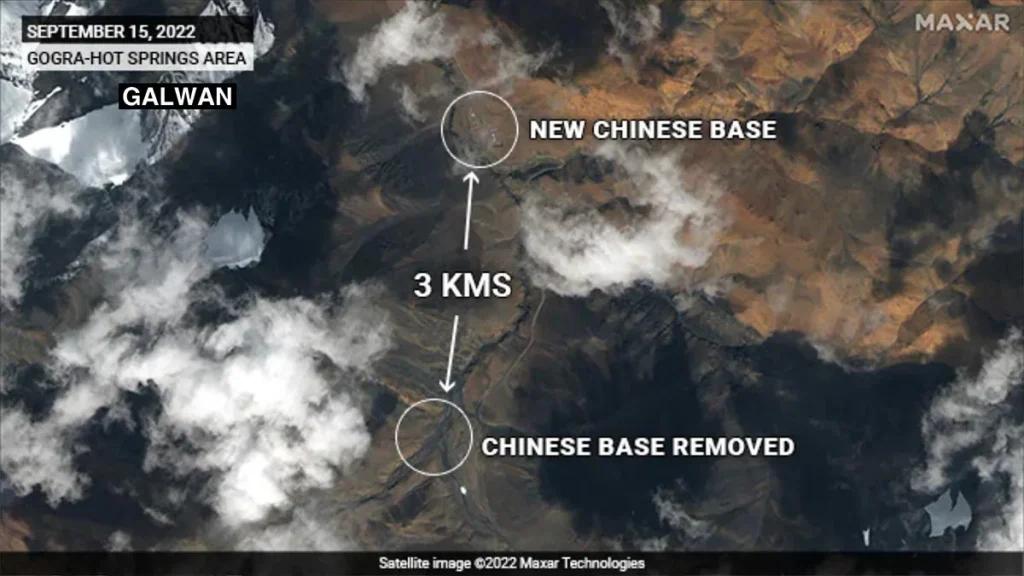
- Depsang: A major area of concern, where Chinese troops blocked Indian patrols from reaching key points. This strategic region, critical for India’s northern border security, has seen renewed focus in disengagement talks, allowing Indian patrols to resume.
PM Modi’s Message to President Xi
During their meeting in Kazan, PM Modi emphasized the importance of peace and stability along the India-China border. He stressed that mutual trust, respect, and sensitivity should form the foundation of their bilateral relationship.
“Excellency, I am happy to meet you. This is a formal meeting between us after five years. The importance of India-China relations is not just for our citizens but also for peace, stability, and progress for the entire world,” PM Modi said.
He further welcomed the consensus reached on resolving border issues, stressing that peace along the LAC must remain a priority. He expressed optimism that their discussions would be constructive, with both leaders committed to maintaining open and meaningful dialogue.
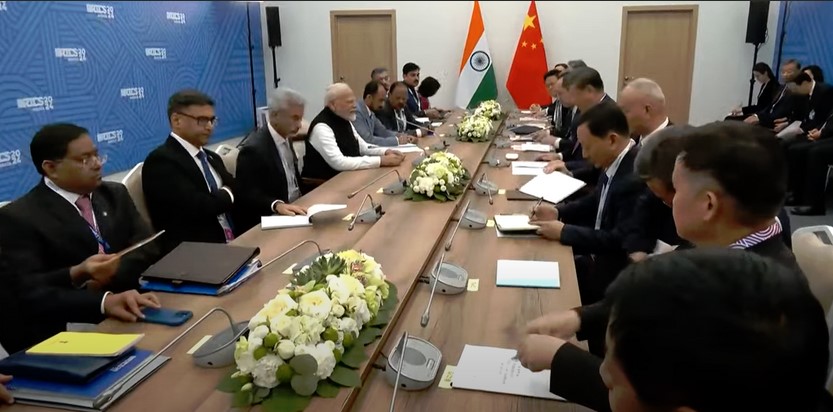
Conclusion
The formal meeting between PM Modi and President Xi marks a significant step toward restoring normalcy along the India-China border. The successful disengagement of troops and dismantling of structures along the LAC indicates progress after years of strained relations.
While challenges remain, particularly in regions like Depsang, the meeting offers hope that India and China can move forward, not only to resolve lingering border disputes but also to strengthen bilateral cooperation in global forums like BRICS.
As the world watches closely, this moment could define the trajectory of India-China relations for years to come, with potential implications for regional and global stability.
𝐒𝐮𝐛𝐬𝐜𝐫𝐢𝐛𝐞, 𝐥𝐢𝐤𝐞, 𝐬𝐡𝐚𝐫𝐞, 𝐚𝐧𝐝 𝐜𝐨𝐦𝐦𝐞𝐧𝐭 𝐭𝐨 𝐬𝐭𝐚𝐲 𝐭𝐮𝐧𝐞𝐝 𝐭𝐨 𝐲𝐨𝐮𝐫 𝐟𝐚𝐯𝐨𝐫𝐢𝐭𝐞 𝐧𝐞𝐰𝐬 𝐜𝐡𝐚𝐧𝐧𝐞𝐥!
📌YouTube- https://www.youtube.com/@serendibnews
📌Facebook – https://web.facebook.com/serendibnews.com.au/
📌Instagram – https://www.instagram.com/serendibnewsau
📌TikTok – https://www.tiktok.com/@serendibnews
📌Twitter- https://x.com/SerendibNewsAu
📌LinkedIn- https://www.linkedin.com/in/serendib-news-au/
📌WhatsApp Group – https://tinyurl.com/2as67j52
📌WhatsApp Channel – https://tinyurl.com/bdf8f2jr


